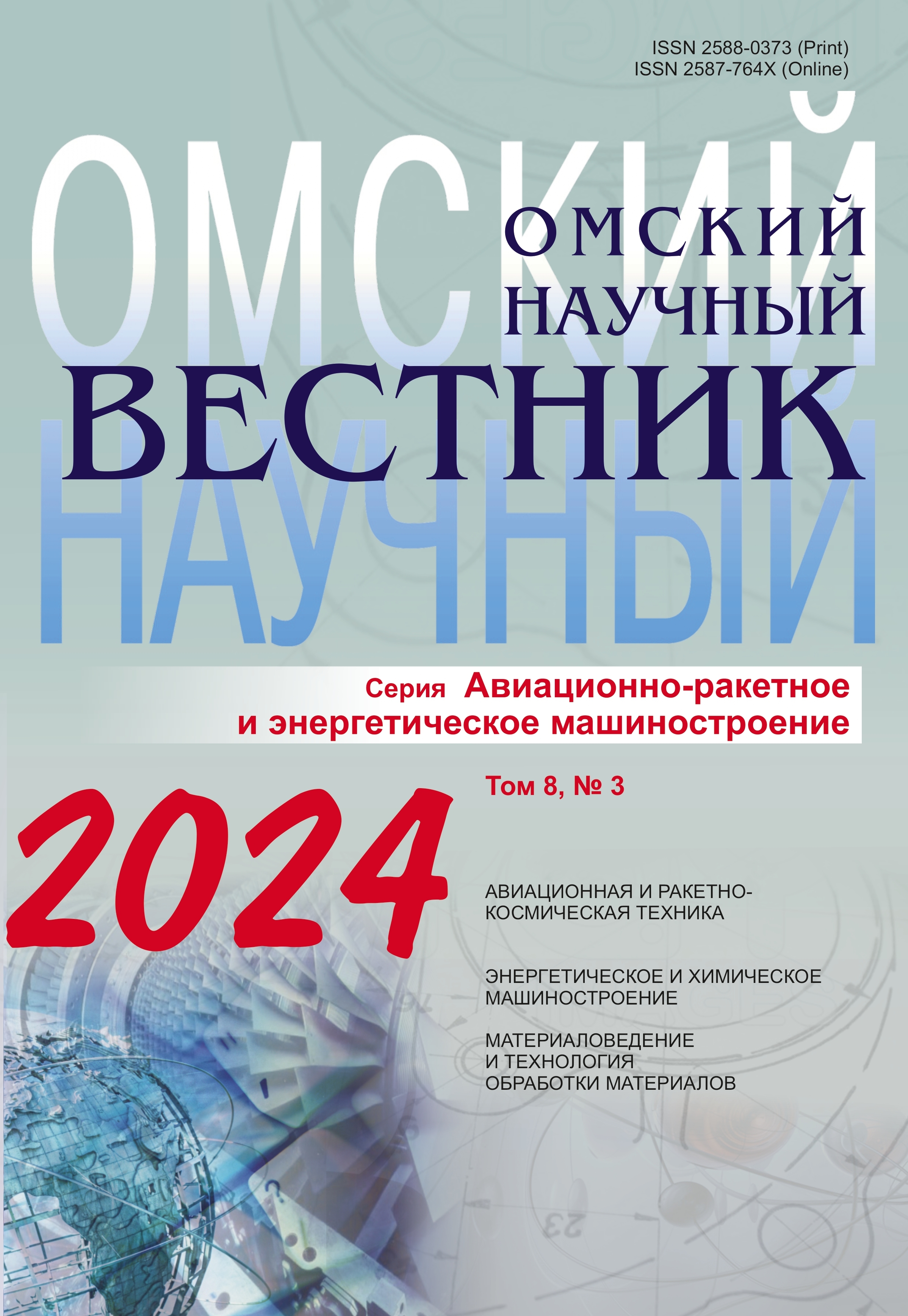Mathematical modeling non-contact external compression pumps with different molecular weights gases
DOI:
https://doi.org/10.25206/2588-0373-2024-8-3-46-52Keywords:
selective pumping, pumping speed, conductivity, backflows, Roots vacuum pump, channel conductivity, mathematical modelAbstract
A distinctive feature of Roots type vacuum pumps is the selective of pumping, which is due to the dependence of reverse flows on the type of gas. To study this phenomenon, a mathematical model of the work process is used, based on solving differential equations of a system with variable mass. Comparisons of the experimental and calculated values of pumping speed and pressure increase for helium, argon and air show a discrepancy of no more than 10 %. Calculations have shown that under viscous flow conditions, switching from pumping argon to helium reduces pumping speed by more than 10 % and pressure increase by 50 %.
Downloads
Published
How to Cite
Issue
Section
License
Non-exclusive rights to the article are transferred to the journal in full accordance with the Creative Commons License BY-NC-SA 4.0 «Attribution-NonCommercial-ShareAlike 4.0 Worldwide License (CC BY-NC-SA 4.0»)




